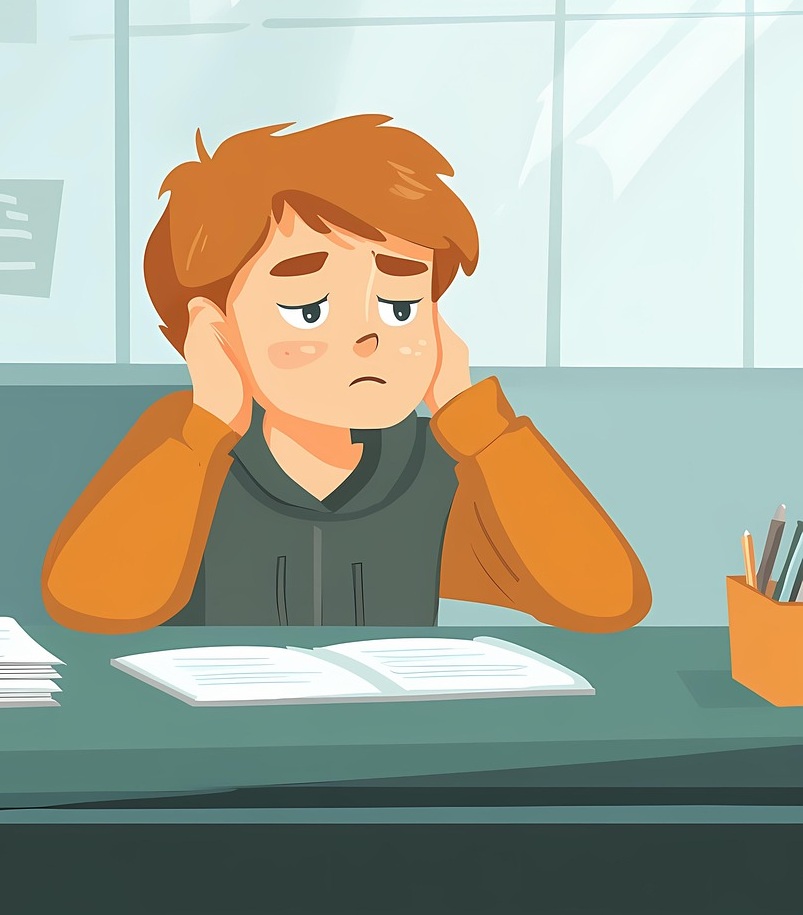How to help a child with dysgraphia to do math

Someone wrote me concerning a child who has difficulty lining up numbers and prefers to do the math in his head instead of writing them down — a possible case of dysgraphia. Here are my tips for such a situation.
The good point is, doing math in one's head does gives the child the advantage of having a good number sense! But we need to balance it with the fact that it is also important to learn to communicate with others. That is what writing answers down is all about... being able to explain and communicate to others your work and how you did it.
For starters, grid paper or graph paper can be a real game changer for such children. Consider using paper with bigger squares than the standard size — it really helps keep numbers lined up for calculations done in columns and long division. You can turn lined paper so its lines are vertical as another option for graph paper. Another tip is to use a different colored highlighter in each column.
Communicating one's thought process can also be accomplished with an oral explanation. Another idea is to use a computer or phone, and type it, if writing is difficult.
My suggestion is to allow the child to do a portion of the work in their head, but request that for some problems, they explain in detail to you HOW they did it. Especially word problems!
And also, for a portion of the problems, I'd like for the child to strive to do the writing. For example, let's say it's fraction problems of some kind, and not the easiest problems but such that require an intermediate step. Perhaps the child could do the intermediate step in their head, but I suggest you require the child to show you their work on paper for at least 1-2 problems (even if the writing is slow and with errors). But don't punish the child for writing errors.
A few other tips and ideas:
- You as the teacher can do the writing, at least for starters, with the child dictating to you exactly what to write.
- Have the child type it on a computer or other device, if writing is difficult.
- One person noted that they used math manipulatives and then wrote the math work down underneath the manipulatives on a large whiteboard, and sometimes one of them would transfer the answer into book. The manipulatives helped with what to write down for this child with dysgraphia and possibly dyscalculia. The use of the manipulatives helped the child transition from concrete to abstract. The parent also used an "I do, we do, you do" approach.
- Another MM user noted that the biggest helps for their son were using graph paper to keep things neat(er), allowing extra time to complete the work, and when practical, reducing the amount of writing that he needed to do. This user also didn’t assign every question, which helped his motivation.
If you have more ideas and thoughts about this, please let me know!
By Maria Miller
Receive my monthly collection of math tips & resources directly in your inbox — and get a FREE Math Mammoth book!
You can unsubscribe at any time.
Math Mammoth TourConfused about the different options? Take a virtual email tour around Math Mammoth! You'll receive: An initial email to download your GIFT of over 400 free worksheets and sample pages from my books. Six other "TOURSTOP" emails that explain the important things and commonly asked questions concerning Math Mammoth curriculum. (Find out the differences between all these different-colored series!)This way, you'll have time to digest the information over one or two weeks, plus an opportunity to ask me personally about the curriculum. A monthly collection of math teaching tips & Math Mammoth updates (unsubscribe any time) We respect your email privacy.
Note: You will FIRST get an email that asks you to confirm your email address. If you cannot find this confirmation email, please check your SPAM/JUNK folder. |
"Mini" Math Teaching CourseThis is a little "virtual" 2-week course, where you will receive emails on important topics on teaching math, including:
- How to help a student who is behind You will also receive: A GIFT of over 400 free worksheets and sample pages from my books right in the very beginning.We respect your email privacy.
Note: You will FIRST get an email that asks you to confirm your email address. If you cannot find this confirmation email, please check your SPAM/JUNK folder. |
Maria's Math TipsEnter your email to receive math teaching tips, resources, Math Mammoth news & sales, humor, and more! I tend to send out these tips about once monthly, near the beginning of the month, but occasionally you may hear from me twice per month (and sometimes less often). Peek at the previous tips here. You will also receive:
We respect your email privacy.
|
|
